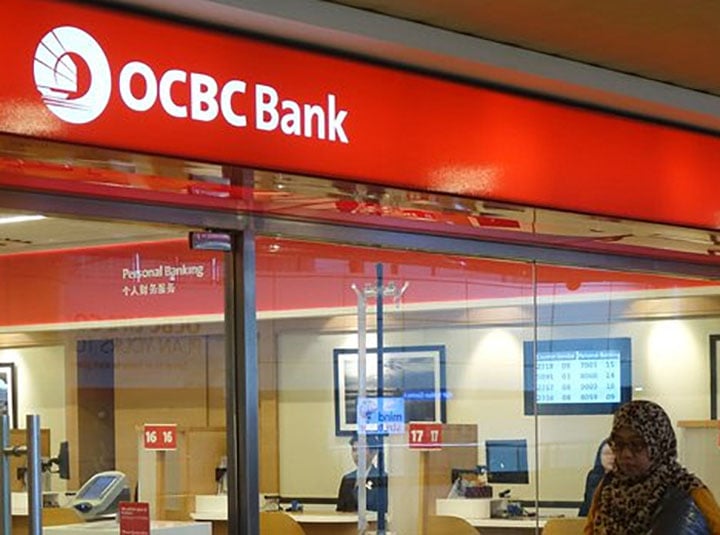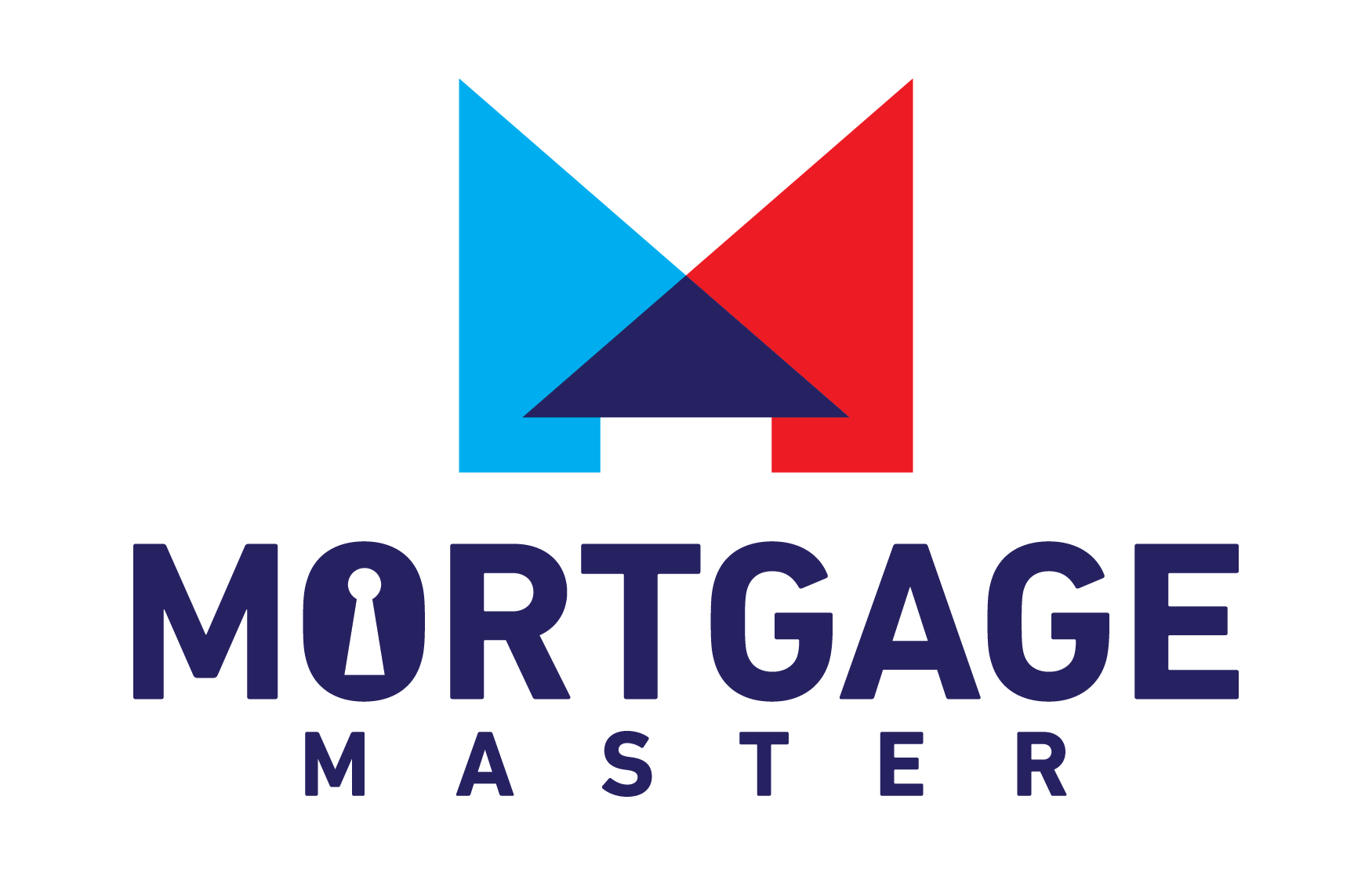Applying for a home loan in Singapore is a long-term financial commitment. Naturally, you’d want to ensure you not only start with a low interest rate, but you also want the reassurance that your interest rate won’t increase dramatically overnight. In trying to find a home loan package that fit this criteria, banks began to offer what is known as a fixed deposit linked rate.
What is a fixed deposit linked rate?
A fixed deposit linked rate is a home loan package offered by a bank, where the home loan interest rates are pegged to the bank’s fixed deposit interest rate.
For example, you may see a home loan package that looks like this:
DBS FHR8 + 1.20%
The first half (in the above example, “DBS FHR8”) refers to the banks’ fixed deposit interest rate. What is FHR8 now? It’s 0.60%, the interest rate for an 8-month fixed deposit with DBS. This part of the home loan interest rate may change over the loan tenure, but only if the bank also changes the interest rate for this particular fixed deposit.
The second half (in this case, 1.20%) is called the spread. This represents the bank’s profits, and unlike the first half of the mortgage rate, this amount will not change during your loan tenure.
Are fixed deposit-linked rates a low risk option?
Yes, but up to a point. Technically, the bank should not change their fixed deposit interest rates on a whim. Since interest paid on fixed deposit accounts represent a cost to the bank, it will cause the bank to think twice before raising the interest rate.
Compare this to a board rate; there is nothing stopping the bank from raising board rates, since there is no transparency unlike fixed deposit linked rates.
So if fixed deposit interest rates don’t go up, then your home loan interest rate will also not go anywhere. However, in 2020, we saw banks raising spreads for new home loan sign-ups because rates were dropping too low.

[Psst… try out our handy mortgage calculator!]
Am I safe with a fixed deposit linked rate?
Remember how the Police warn you “low crime doesn’t mean no crime”? In the same way, you can’t assume that “low risk means no risk”.
Banks are not that kind and benevolent.
Banks can change their fixed deposit interest rates at any time, and this directly affects the interest rate of a Fixed Deposit-Linked home loan package. When DBS’s FHR8 was introduced in 2018, it was 0.20%. Just two years later, it reached a high of 0.95%. On 4 May 2020, FHR8 dropped for the first time to 0.60%.
And over time, with different customers, banks can also change the type of fixed deposit product their mortgage loans are pegged to. Here’s an example of what we mean:
When DBS first introduced their FHR rates, it was based on the average of their 12-month and 24-month S$ Fixed Deposit (FD) rates. The initial FHR was 0.4%.
Subsequently, DBS simplified their fixed deposit linked home loans to follow a single fixed deposit rate. First, it was FHR18, then FHR9 and now FHR8.
But don’t worry, whatever fixed deposit linked rate you were on when you signed up will still remain. You won’t ever jump from an FHR8 home loan package to an FHR12 home loan package.
But despite all that, fixed deposit linked rates should be relatively safe… right?
Fixed deposit linked rates can be ideal in a rising interest rate environment. When interest rates rose in 2019, there was a corresponding increase in fixed deposit rates. However, when compared to the rest of the market, banks were still offering relatively low fixed deposit linked home loan packages.
Fast forward to 2020 and a free-falling interest rate environment, fixed deposit rates that are linked to home loan packages are not falling accordingly. And over the past five years, many banks have withdrawn fixed deposit linked rates, rather than opt to reduce fixed deposit rates.
After more than 5 years, and only because SIBOR had dropped below 1.0%, on 4 May 2020, DBS became the first bank to reduce their fixed deposit rates linked to home loan packages.
Therefore, those taking fixed deposit linked rates should go in with their eyes open.
To sum up: In a rising interest rate environment, fixed deposit linked rates rise as well, but not as quickly. It will therefore still be less volatile than a SIBOR rate or even a board rate. However, when interest rates fall, fixed deposit linked rates, like fixed rate home loans, will leave you at a disadvantage.
Here are 3 things to look out for when choosing a fixed deposit linked rate home loan package:
#1: Lock-in period
If there’s one thing we learnt from 2019, it’s not to rest on our laurels when fixed deposit linked rates are relatively low. Once interest rates started to rise (and interest rates are cyclical, so it will happen again confirm plus chop), you’ll want to be able to refinance as soon as possible to a better home loan package.
Therefore, choose a fixed deposit linked home loan package that has a short lock-in period, if possible. If you meet certain requirements, you may even find one that has no lock-in period at all!
#2: Fixed deposit period
Not all fixed deposit interest rates are made the same. Naturally, the longer the fixed deposit period, the higher the interest rate; but more importantly, ask yourself if such a fixed deposit period is popular in the first place!
Remember, the fixed deposit interest rate represents a cost to the bank, so they shouldn’t increase it unnecessarily because it means they’ll pay their customers more interest. But if it’s an unpopular fixed deposit period, such as 36 months, then the bank may earn more from you than they lose by increasing the interest rate!
So, always pay attention to the type of fixed deposit product a bank’s fixed deposit-linked home loan package is pegged to.
#3: Local vs. Foreign Bank
When it comes to fixed deposits, the general wisdom is that local banks have significantly more deposits than foreign banks. This also means they have more to lose if they increase their interest rates.
Foreign banks, on the other hand, don’t have as much in fixed deposits, so they may be more willing to increase interest rates to attract more customers! This also means that if you take up a fixed deposit linked home loan with a foreign bank, you might find yourself paying more interest over time.
If you’re still confused about fixed deposit linked rates and wondering if you should apply for one, contact a mortgage broker such as Mortgage Master, whose specialists have been in the industry for years and can advise you on whether fixed deposit linked home loans are best for your financial situation.

This article was first published on Mortgage Master, a mortgage broker in Singapore with access to the lowest, unpublished housing loan rates offered by banks and financial institutions.
Check out other home loan related articles on 99.co, including US Fed pledges “near zero” rates through 2022. How will home loans respond and 4 sneaky ways a bank can exploit you when taking a home loan
Looking for a property? Find your dream home on Singapore’s most intelligent property portal 99.co!
The post For home loans, are fixed deposit-linked rates a low-risk option? appeared first on 99.co.

